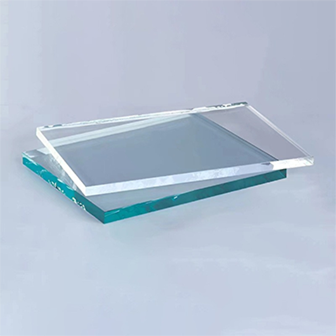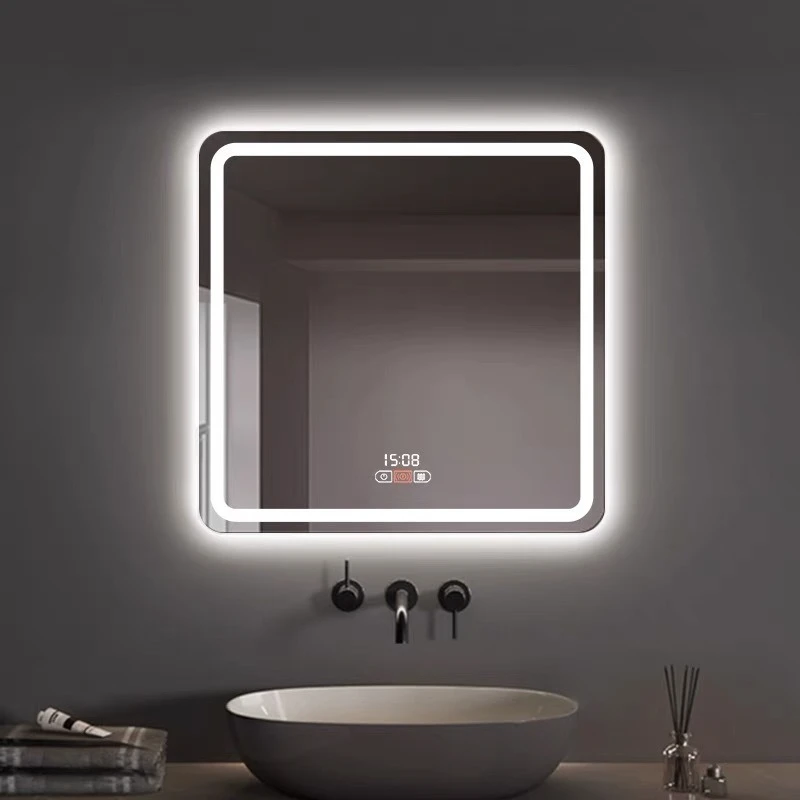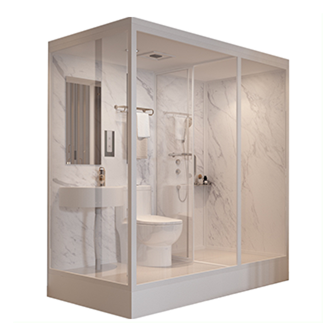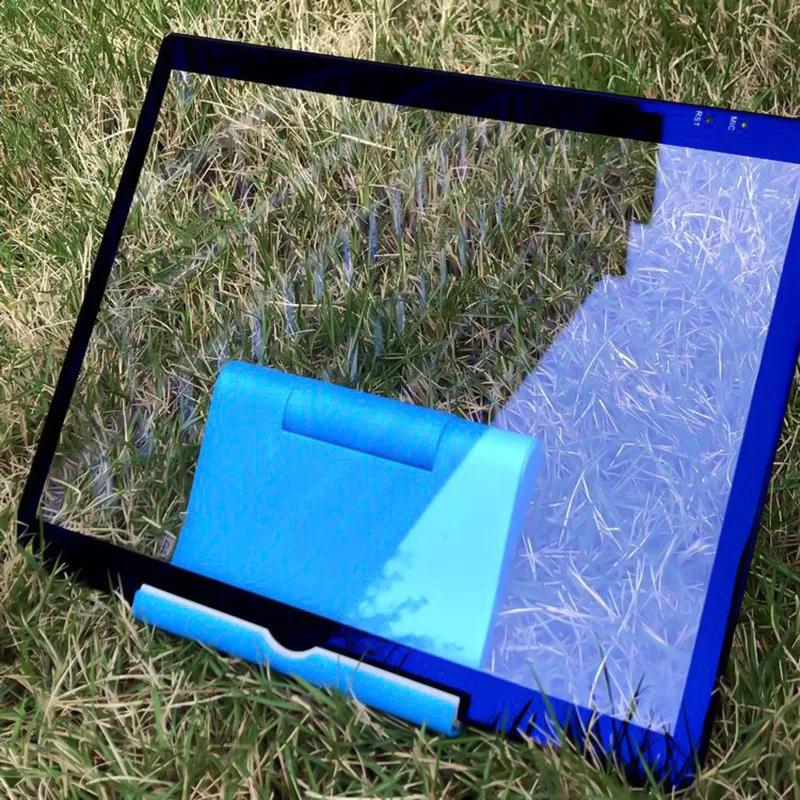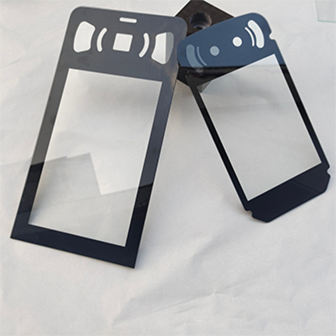Oct . 01, 2025 14:00 Back to list
Copper Free Mirror Meaning: Eco-Safe, Rust-Proof—Why Buy?
What Does copper free mirror meaning Actually Mean?
Short answer: it’s a modern silver mirror that skips the copper layer entirely and switches to an eco-friendlier anti-corrosion system. In practice, that tweak changes a lot—edge durability, resistance to humidity and ammonia, and even compliance paperwork. To be honest, most facility managers just want fewer black edges in steamy bathrooms and coastal hotels. This is how they get there.
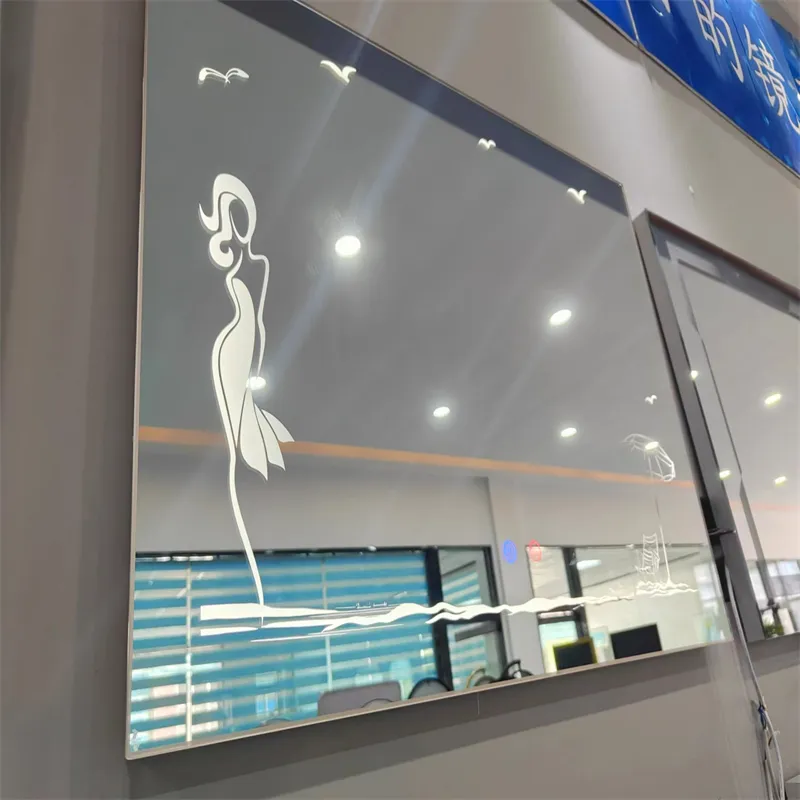
How it’s made (the quick process flow)
- Float glass substrate, optically clear (often 3–8 mm).
- Sensitization: stannous chloride prepares the surface.
- Silvering: a thin metallic Ag layer is chemically deposited.
- Anti-corrosion conversion layer replaces copper (often organo-silane or proprietary polymer).
- Back paint: two coats, lead-free, high-adhesion; oven-cured.
- Testing: neutral salt spray (ISO 9227/ASTM B117), adhesion (ASTM D3359), mirror performance (ASTM C1503, EN 1036).
Typical outcomes many customers report: less “edge creep,” fewer black spots near cut edges, and steadier color neutrality. Service life tends to be 10–15 years in normal interiors; coastal or pool environments are tougher, but performance still outpaces legacy copper-backed mirrors in my experience.
Product specs at a glance
| Substrate | Clear/low-iron float glass |
| Thickness | 3–10 mm (custom up to 12 mm ≈ real-world availability may vary) |
| Visible reflectance | ≈ 90% at 550 nm (low-iron can read higher) |
| Copper content | 0 (copper-free system) |
| Back paint | Lead-free, dual-coat, high-adhesion |
| Salt spray resistance | ≥ 240–480 h (ISO 9227/ASTM B117), lab data; project conditions vary |
| Safety backing | VINYL CAT I/II (EN 12600 impact solutions) |
| Max size | 2440 × 3660 mm (common jumbo options on request) |
| Certs | RoHS, REACH, EN 1036; complies with ASTM C1503 |

Why spec copper-free now
- Fewer black edges in high humidity (bathrooms, spas, pools).
- Better resistance to ammonia cleaners and sulfide corrosion.
- Greener profile: no copper, lead-free paints; easier RoHS/REACH paperwork.
- Stable color for retail and hospitality lighting, which—surprisingly—matters in cosmetic zones.
Vendor landscape (public-data snapshot)
| Vendor | Coating system | Typical NSS | Notes |
|---|---|---|---|
| Hebei Supplier (Shahe, Xingtai) | Copper-free + dual back paint | ≈ 240–480 h | Factory origin: North Second Row, East Side of Dadong Logistics, Economic Development Zone, Shahe City |
| Guardian UltraMirror (global) | Copper- & lead-free system | Per datasheet | Strong hospitality adoption |
| AGC Mirox 4Green+ | Copper-free + low-VOC paint | Per datasheet | Eco focus, EN 1036 compliant |
| Saint-Gobain Miralite Pure | Copper-free, high-adhesion paint | Per datasheet | Neutral color rendition |
Applications and field notes
Bathrooms, gyms, coastal hotels, retail fitting rooms, salons, elevators, furniture—and labs using ammonia-based cleaners. One hotel group near the coast swapped legacy mirrors for copper-free; after 24 months, engineers logged negligible edge creep versus blackening in under 9 months with old stock. A gym chain told me installers liked the tougher back paint—less scuffing during mount, which, I guess, saves callbacks.

Customization
Cut-to-size and jumbo, low-iron for ultra-clear aesthetics, safety film (CAT I/II), edgework, cutouts, antique finishes, and logo etching. Reminder: mirrors can’t be tempered post-silvering; temper the substrate first, then silver. Packaging for export is usually moisture-controlled crates—worth insisting on if your site is humid.
So, if you’re still wondering about copper free mirror meaning, it’s essentially a cleaner chemistry and tougher backend that brings longer life and easier compliance. In fact, spec writers are quietly making it their default.
Testing & standards (what to ask for)
- ASTM C1503 or EN 1036 mirror compliance.
- ISO 9227/ASTM B117 neutral salt spray hours and edge creep data.
- Adhesion per ASTM D3359, humidity exposure logs.
- RoHS/REACH declarations; VOC statements for back paint.
Further reading and sources:
- ASTM C1503 – Standard Specification for Silvered Flat Glass Mirror: https://www.astm.org/c1503
- EN 1036 – Glass in building – Mirrors from silver-coated float glass: https://standards.iteh.ai/catalog/standards/cen/7d30d0b3-0e2a-4c12-b3d2-6b4ce0a4d9d5/en-1036-1-2007
- ISO 9227 – Corrosion tests in artificial atmospheres – Salt spray tests: https://www.iso.org/standard/63543.html
- Guardian UltraMirror (datasheet): https://www.guardianglass.com
- AGC Mirox 4Green+ (datasheet): https://www.agc-yourglass.com
- Saint-Gobain Miralite Pure (datasheet): https://www.saint-gobain-glass.com
Note: performance values reflect typical lab data; real-world results vary by installation, edge sealing, and environment.
-
Types of Reflective Glass
NewsNov.17,2025
-
What Is Dichroic Glass?
NewsNov.17,2025
-
Smart LED mirrors can have touch controls
NewsNov.17,2025
-
Laminated glass improves energy efficiency
NewsNov.17,2025
-
Insulated glass enhances building comfort
NewsNov.17,2025
-
Acid etched glass offers elegant privacy
NewsNov.17,2025
Related PRODUCTS


